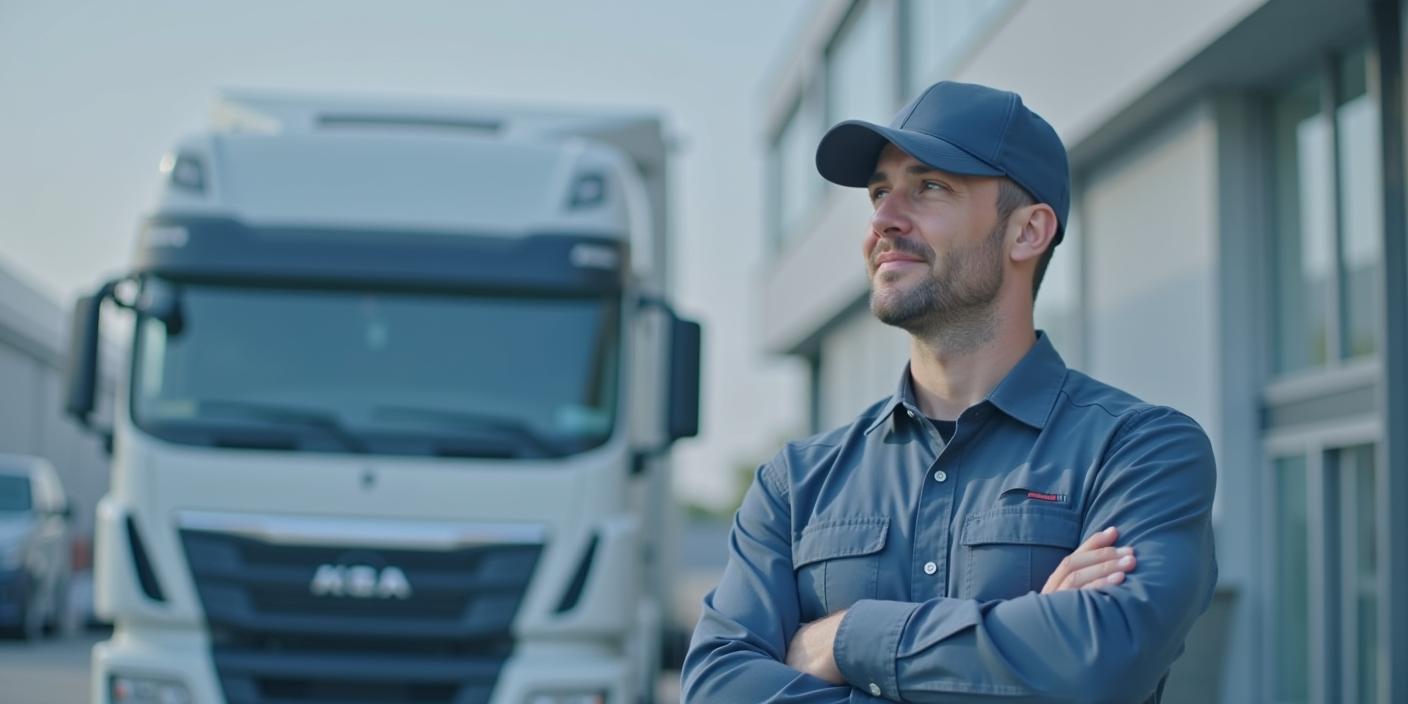Modern logistics companies understand the importance of an online presence. The site becomes not just a business card, but a great way to attract customers and manage your business. Let's find out the most important ones secrets of developing a website for logistics.
Research and analysis
The first step in website development is a detailed study. For a logistics company, it is important to take into account the specifics of the industry, the competitive environment in Tashkent and the needs of the target audience. Analysis plays a key role here:
- What services does the company provide (cargo transportation, warehousing, international logistics, etc.)?
- How do customers search for logistics services in the region?
- What do your competitors offer and how can you stand out?
The research stage helps you understand which features and sections of the site will be most in demand.
Setting goals and objectives
After the analysis, it is time to formulate the project goals. For example, the main task may be to simplify communication with customers through online orders, shipping cost calculators, or cargo tracking systems. It is also important to determine how the site will support the company's image: a minimalistic design with an emphasis on technology, or a friendlier one to show customer care.
Structure and content development
Creating a site structure means working out its logic and navigation. A logistics company has its own secrets for developing a website for logistics. The site should be as user-friendly as possible. Main sections to include:
- Home page with key information about the company.
- Services section with a description of each logistics area.
- An online calculator so that customers can calculate the cost of delivery.
- Personal account for tracking cargo or documents.
- Contact information with integrated maps for easy office search.

Choosing a design
The website design for a logistics company in Tashkent should combine style and functionality. The color scheme can reflect trust and reliability — for example, use blue, gray, or green.
The main rule is minimalism. Don't overload your site with graphics or text. Everything should be intuitive: from the buttons to the layout of the elements. It is important to adapt the design for mobile devices, because many users access sites via smartphones.
Technical development
When the design and structure are approved, programming begins. Here the main focus is on:
- Site loading speed. A slow website can scare away customers.
- Data security, especially if you use application forms or personal accounts.
- Integration with external services, such as CRM or API for cargo tracking.
- Site adaptability, so that it looks equally good on different devices.
Development and maintenance
Testing
Before launching the site, you need to test it thoroughly. This stage includes checking all forms, calculators, sections, links, and page loads. It is also important to make sure that the site works correctly on different browsers and devices.
Launch and promotion
After successful testing, the site is placed on the Internet. However, the work does not end there. To attract attention, you need to properly promote your site. For a logistics company in Tashkent, this can be SEO optimization, contextual advertising, or even cooperation with local businesses.
Support and development
The site must be maintained and maintained. Add more content and new features. User experience analysis will help you make your site effective for many years to come.








